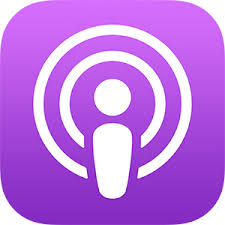Episode 230: Are your corrections causing more problems?
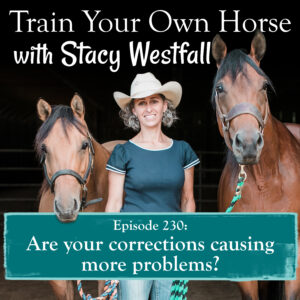
On today’s podcast I’m going to share with you a three step way to evaluate your corrections when you’re training your horse. I actually don’t like the word correction…but I’m using it because it gets to the essesnce of the problem the quickest. In the podcast I will explain why corrections cause more problems and how I choose a different technique.
Let’s start with the three criteria I use when evaluating a technique.
I think these are easier to understand if you put yourself into specific situations, so imagine as I say this, that you are loading a horse in a trailer.
The criteria I use for evaluating your techniques would be:
1-your emotions
2-the technique (if anticipated, does it create positive response)
3-horses, response or reaction (indicates their level of understanding)
Punishment example: horse stops moving forward on the way to the trailer, you begin jerking the rope and backing him up.
This fails my criteria number 2. If anticipated, this horse logically goes backward when anticipating your correction.
This is what puts it into a punishment category instead of a training or teaching category.
In a teaching situation, the guidance the rider gives DURING the problem, if anticipated, causes the horse to get better.
This approach is highly effective and is much more enjoyable for the horse and rider.
SUBSCRIBE TO THE PODCAST HERE:
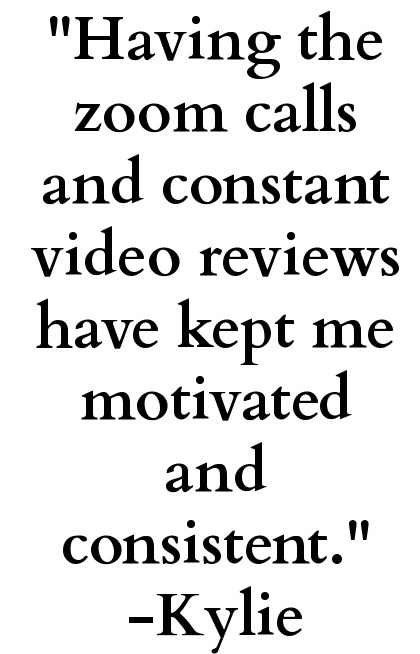
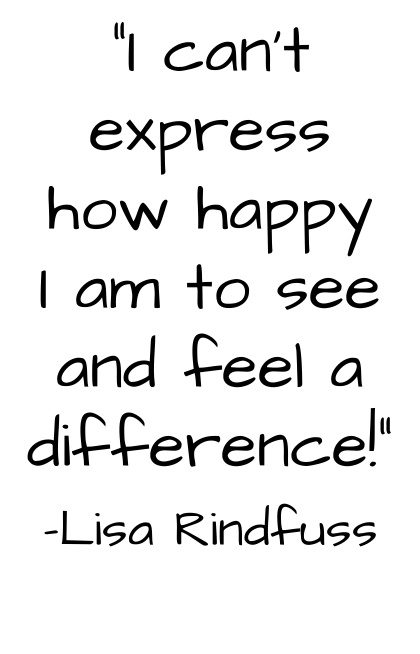
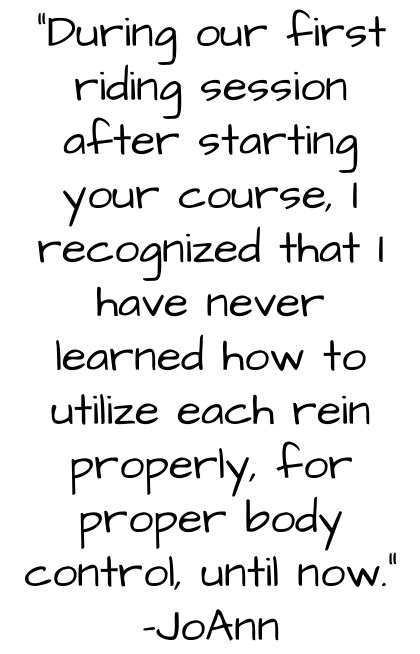
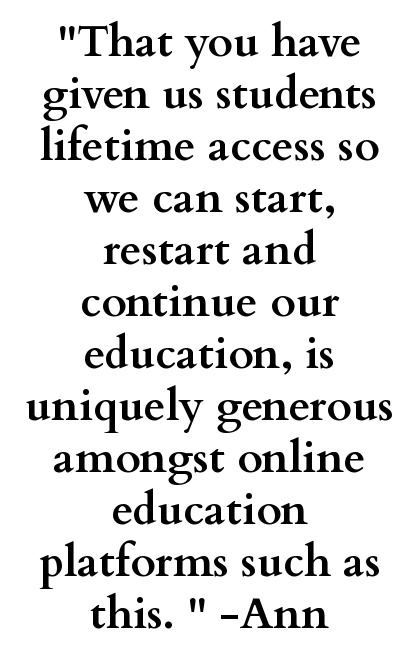
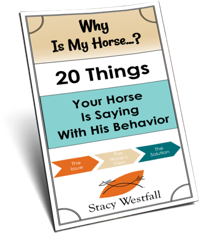
YOURS FREE
WHY IS MY HORSE...?

